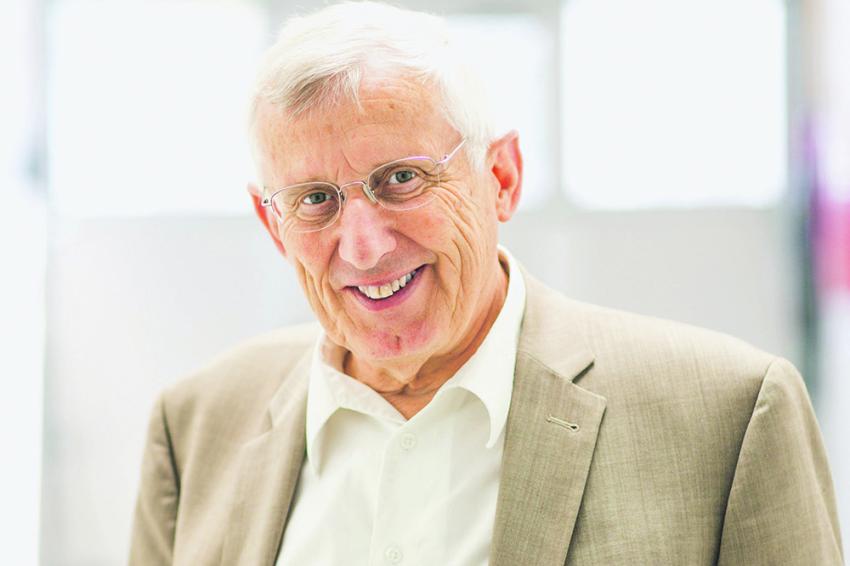An Innovative Wet Sulfuric Acid Process
Oxysulf Technology for the Recovery of Sulfuric Acid and Energy
The Austrian engineering company Kanzler Verfahrenstechnik (KVT) has developed a proprietary process, Oxysulf, for which a thermal efficiency of > 85% and a tail gas sulfur dioxide (SO2) emission value of < 5 ppm(v) have been demonstrated in a recently commissioned plant.
KVT has been active in the field of environmental technologies for more the 30 years, with experience in supply of turnkey off-gas treatment plants worldwide. The Oxysulf technology can handle sulfuric compounds such as SO2, H2S, COS or CS2 in wide range of concentration. Plant sizes up to 200.000 Nm³/h and concentrations of sulfur bearing compounds from 2–200 g/Nm³ can be managed. Treated off-gas streams come from various sources, for example:
- Natural gas refining
- Furnace waste gases
- Metal smelter
- Viscose fiber industry
- Spent acid regeneration
- Oleum production
The process is based on thermal and/or catalytic oxidation of Sulfur-bearing compounds, by forming sulfuric acid.
The off-gas passes a pre-treatment system; depending on the application, this is a combination of a pre-filter, a scrubber, a DRY-FIL-hot gas filter, or a preheating. The pre-treatment is followed by the catalytic oxidation or thermal and catalytic oxidation, depending on concentration and kind of pollutant. In all applications the off gas is routed over a multi bed catalytic converter, followed by a concentration column and a tail gas treatment.
The catalytic oxidation of the sulfur-bearing compounds is exothermic, operating within the range of 360–550 °C, the resulting heat is typically recovered by a steam system. After the reactor, the process gas is passed through a concentration column where sulfuric acid is condensed and concentrated up to 98w%. The remaining sulfuric acid aerosols contained in the gas are precipitated in the wet electrostatic precipitator (WESP). To achieve lowest SO2 emissions, further tail gas treatment is generally required.
The governmental regulations for SO2/SO3 emissions are becoming more and more stringent. Up to now the existing solutions to reduce the emission in the wet sulfuric acid process were limited:
- Exceeding the oxidation rate of 99% in a single step wet oxidation process is impossible due to the reaction equilibrium.
- Adding of second catalytic stage, as in the dry process, results in an enormous increase of the investment and operational costs.
- Adding a scrubber system with hydrogen peroxide or caustic soda has a considerable influence on the operational and disposal costs.
For reaching a sulfur recovery rate of > 99,9% and lowest SO2 emission of < 5 ppm(v), KVT has developed its own technology: the Oxytail reactor. Instead of an additional conventional high temperature process step, the company’s Oxytail offers the possibility of SO2 reduction with low investment and low operational costs.
In the Oyxtail reactor the remaining SO2 contained in the gas is converted, washed out with demineralized water, and recycled to the process as weak sulfuric acid, without any extra utilities and avoiding any disposal costs.
KVT´s recently installed plant is treating 50,000 Nm³/h of high loaded gas up to 130 g/Nm³ of SO2 at inlet of the main catalyst bed. While the inlet concentration to the KVT Oxytail reactor is within the range of 2 g/Nm³, SO2 in the outlet of the reactor it is reduced to the value of 2–3 ppm(v).
With the new Oxytail unit KVT is setting a new standard for SO2 emission control and makes the sulfuric acid recovery process more cost-effective.
Author







